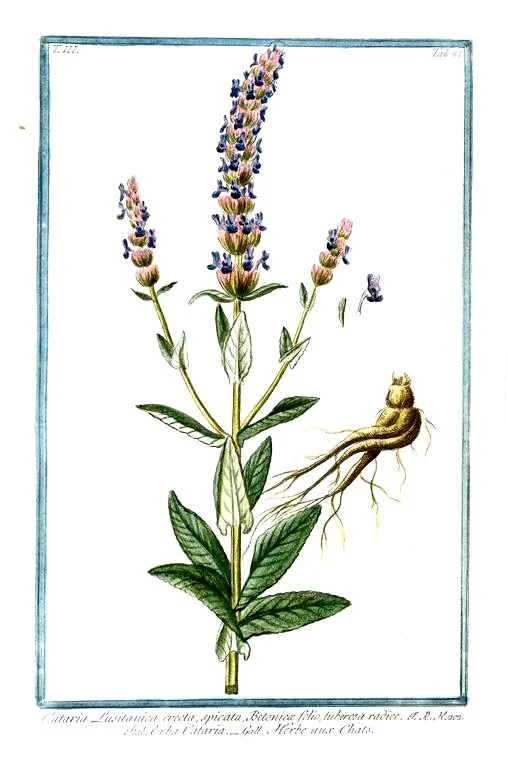Spanish Catmint
Spanish Catmint
SPANISH CATMINT SEEDS
Nepeta tuberosa
ORGANIC
Native to the Iberian peninsula, this catmint is strongly upright and colorful and a spectacular alternative to the now ubiquitous Salvia nemorosa. Incredibly drought-tolerant and surprisingly adaptable thanks to its large tuberous roots, and appropriate for container culture where the plants are not hardy.
Spanish Catmint features soft silvery foliage that provides valuable contrast in the perennial bed, even when plants are not in bloom. Long spikes of densely packed bright violet flowers atop 2' plants. Flowers attract all manner of winged insects. The entire plant is pleasantly scented and a pleasure to brush against. Potentially useful and historically utilized as an herb, but there are so many superior alternatives, even within the genus, that we don't dare snip this plant except to remove spent flowers.
Seeds germinate best with light stratification, but they have also germinated readily for us at cool room temperature in bright light: press seeds into moist soil and sprinkle sparingly with fine vermiculite. Mist generously and cover with plastic. Kept around 60°F in bright light seeds germinate over the course of two weeks or so. If no germination occurs or if germination rate is poor, pop the pot into the refrigerator for four weeks and return to room temperature in bright light. These seeds should germinate promptly. Prick out seedlings with true leaves to grow on in individual deep 3" pots at warm room temperature in bright light with good air circulation. These plants do not like wet feet so take care to avoid overwatering and allow soil to dry slightly before watering. Harden off and transplant into warm sunny well-drained soil in spring after all danger of frost has passed.
This species is listed as hardy in zone 5, but in our experience this is a stretch. Plants require very sharply drained soil to overwinter successfully even in zones 6 and 7. They make lovely potted plants where they have no chance to overwinter in the ground. Pots may be kept in an unheated garage or cold basement with little attention paid to them until spring. Alternatively, the tuberous roots may be dug in the autumn to be packed up in sand or sawdust like Dahlias and replanted in the spring.
Packet contains at least 50 seeds.
